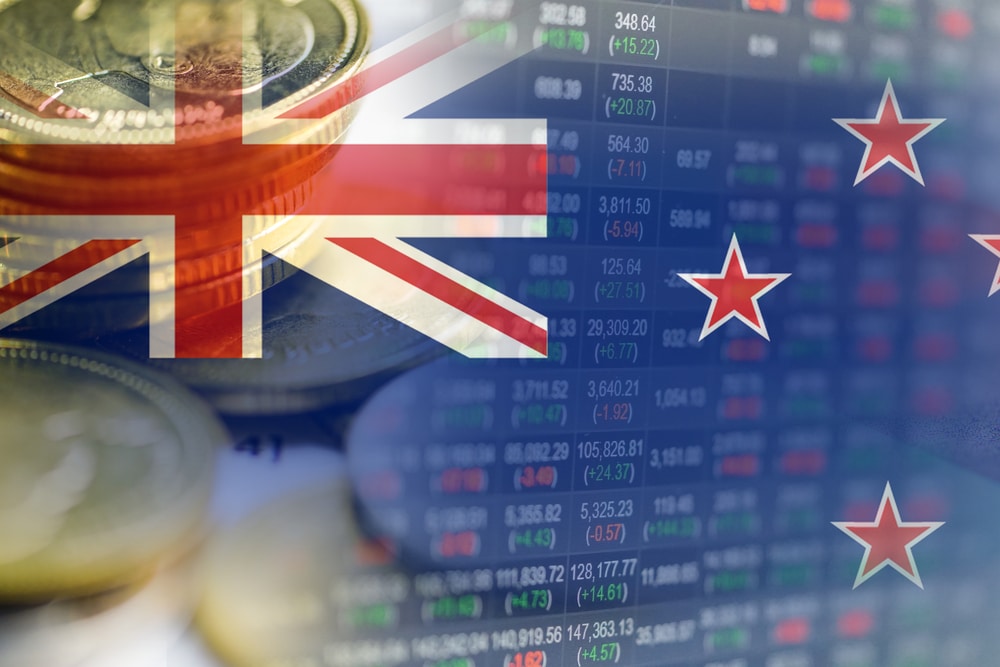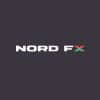
Australia is a developed country of more than 25 million people and has a GDP per capita of more than $55,000. The country is well-known for its close proximity to the Chinese market and its vast natural resources. It is also one of the top financial centres in the world. In this article, we will look at the forex trading landscape in Australia.
Forex in Australia
Forex investing is the practice of taking advantage of fluctuations in exchange rates. For example, assume that you have A$10,000 in the bank account, and the exchange rate between the Australian dollar and the US dollar is at 0.71. In this case, you have $7,130. Now, if the exchange rate rises to 0.80, it means that you have about $8,000.
Trading is made possible through a broker. This is a company that provides a centralized platform where millions of people can participate in the forex market. It provides the capability to move money and the software that is needed to conduct analysis and execute trades.
Many Australians trade forex on a part-time basis. A small group of them trade forex full-time. Indeed, in the past, some of the individual forex players have turned around to become leading hedge funds or private offices.
Forex regulator in Australia
The forex industry is highly regulated in Australia. The reason for this is relatively easy to understand. Besides, forex trading is one of the riskiest ways to make money. Indeed, statistics say that more than 80% of all people who start trading forex lose money. Therefore, regulations are intended to protect retail traders in the country.
Another reason why regulations are needed is that forex scams are easy to carry out. For one, all forex brokers are online-based. As such, it is relatively easy to start a good-looking scam website and lure customers to it. Also, it is possible to come up with a fake forex “asset management” or managed account and then reach out to more customers. Indeed, Australians have lost millions of dollars to these scammers before.
The currencies trading sector in Australia is overseen by ASIC. The agency is given the mandate to come up with laws to safeguard customers and brokers. It is also given the mandate to enforce most of these laws. For example, the agency has in the past suspended some of the players in the industry.
Forex regulations in Australia
There are several forex regulations in Australia. The most recent ones took place in 2021. These regulations were aimed at forex brokers and were relatively similar to those passed by the European Securities and Investment Commission. These rules introduced many far-reaching steps for brokers.
One of the most important proposals by ASIC was on leverage requirements. Before the rules, forex brokers could offer as high as 1:1000 leverage. With the new proposals, the maximum leverage was slashed to 1:30. Additionally, the rules curbed popular but high-risk services like binary options. The regulator also introduced negative balance protections and implemented more rules to curb forex advertisements.
Still, there are more regulations in Australia. For example, forex brokers should have several certificates, including the AFS license to operate.
Brokers in Australia
Australian forex participants have access to many local and foreign brokers. After the recent regulations, we experienced some brokers exiting the industry. Still, there are several prominent brokers who provide these services to Australians.
Some of the best-known local Australian financial brokers are EightCap and. Other major foreign brokers who offer these services in Australia are easyMarkets, AXI, IG, and OctaFX. For these brokers to provide services, it is mandatory to be registered and regulated by ASIC.
For traders, it is always important that you use ASIC’s broker-check feature that allows you to see the regulation status of a company.
How to start forex investing in Australia
The process of starting out as a forex trader is relatively easy. First, you need to find a good broker who is regulated and has lower fees. Checking out whether a trader is regulated is straightforward. All you need to do is to enter the registration number of the broker in ASIC’s platform. If the broker is listed, it means that they are regulated by ASIC.
Still, this is not enough. Therefore, we recommend that you look at other details like its cost, customer relations, deposit, and withdrawal options.
Second, if you are new to trading, we recommend that you learn about how the forex industry works. There are several forex trading schools in Australia that you can enroll in. Alternatively, you can take one of the popular online courses on platforms like Coursera and even YouTube.
Some of the key lessons you must learn before you start trading are the basics of trading, analysis procedures, risk management, and trading approach development. We recommend that you spend a few months learning and coming up with a trading strategy.
Finally, after learning about trading and testing your strategy, you can now deposit your funds and start trading. You should begin small and then increase your lot sizes and leverage as you go.
Final thoughts
Forex trading is becoming popular in Australia. In this article, we have looked at some of the key details about trading forex that you should know. We have looked at regulations and the best way to start trading. We have also identified some of the most popular local and global brokers in Australia.








Leave a Reply